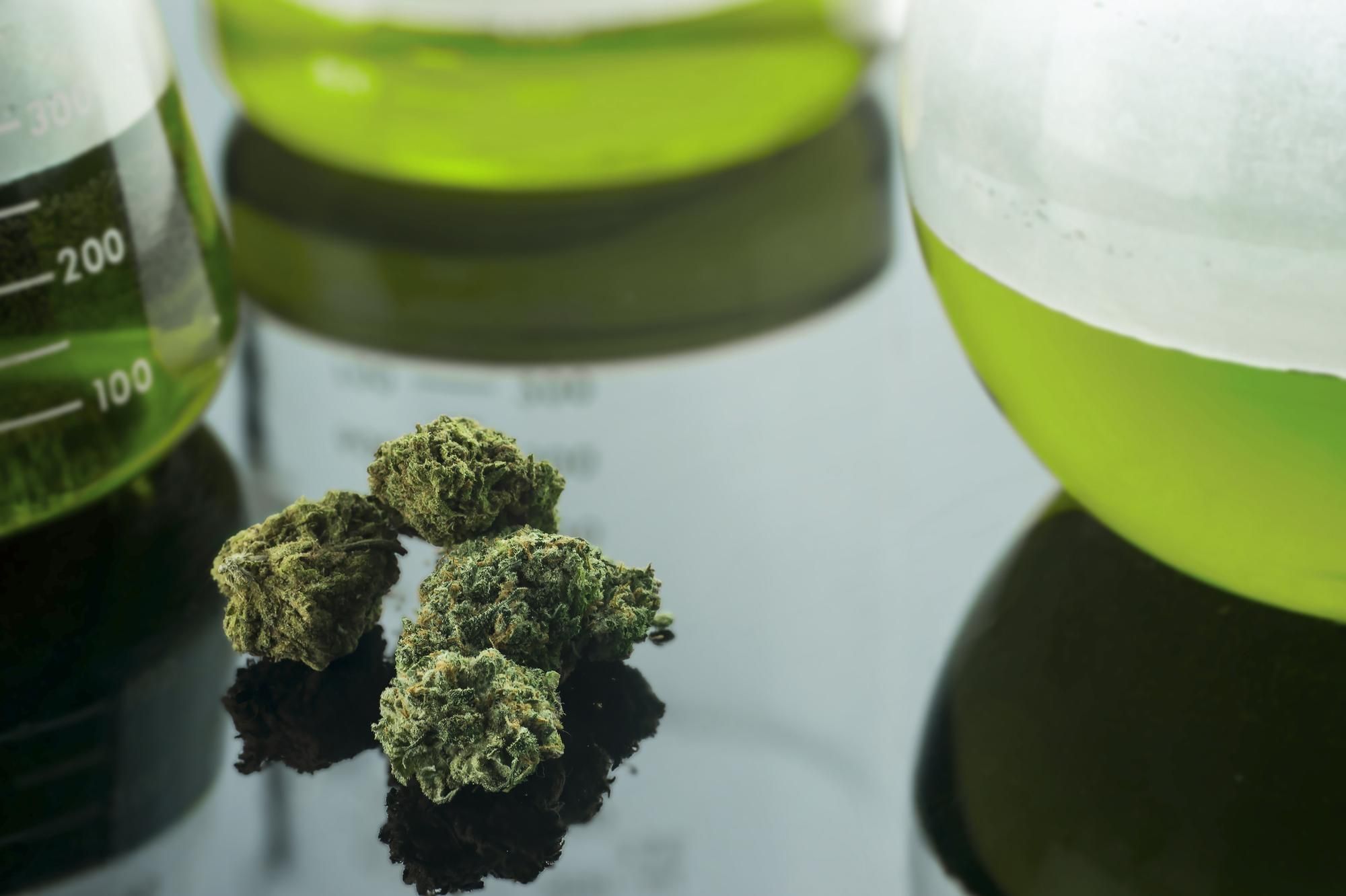For years, the cannabis marketplace simplified strain choice into three broad categories: indica, sativa, and hybrid. While these classifications offered a quick way to set expectations, today’s consumers are becoming far more discerning. Research, education, and evolving preferences are shifting demand toward deeper insights into what truly drives a strain’s effects.
Cannabinoid Profiles Take Center Stage
Modern consumers increasingly evaluate strains by their cannabinoid content rather than category labels. While THC remains a key draw, many shoppers now want to know about minor cannabinoids such as CBD, CBN, and CBG. These compounds are associated with therapeutic benefits ranging from relaxation to improved focus, and shoppers recognize that a strain’s chemical profile is often more predictive of experience than the traditional indica-sativa distinction.
Terpenes as Effect Predictors
Terpenes—aromatic compounds that give cannabis its smell and flavor—are now critical in consumer decision-making. Shoppers are learning that limonene may contribute to uplifting effects, while myrcene is linked to sedative qualities. Dispensary staff and educational content have played a role in popularizing terpene charts, making them a key selling point for those seeking predictable effects or flavor-driven experiences.
Brand Trust and Transparency
Consumers also weigh brand reputation and transparency. As cannabis becomes more commoditized, buyers want assurance of consistent potency, lab testing, and cultivation practices. A 2024 BDSA consumer report shows that trust in a producer or dispensary significantly influences repeat purchasing decisions. Shoppers expect certificates of analysis, clear labeling, and sustainable practices as part of the value proposition.
Desired Effects Over Strain Names
Instead of asking for a specific strain name, many shoppers now describe the effect they want—whether that’s help with sleep, creativity, or stress management. This aligns with the rise of effect-based categorization, where dispensaries group products under labels such as “focus,” “relax,” or “energy.” Data from New Frontier Research indicates that effect-driven labeling resonates strongly with new and medical consumers who find strain names confusing.
Lifestyle Fit and Consumption Method
Strain choice is also influenced by lifestyle factors. Consumers increasingly consider how cannabis fits into daily routines, from discreet daytime edibles to functional pre-rolls designed for social settings. Hybridization has blurred the old categories, pushing shoppers to focus more on how a product complements their activities than on where it falls in the indica-sativa spectrum.
A Market Driven by Knowledge
Overall, the trend reflects a more educated consumer base. Access to lab data, scientific studies, and transparent labeling empowers buyers to make informed choices. Rather than relying on outdated generalizations, today’s cannabis shopper seeks a customized experience rooted in science and trust.

